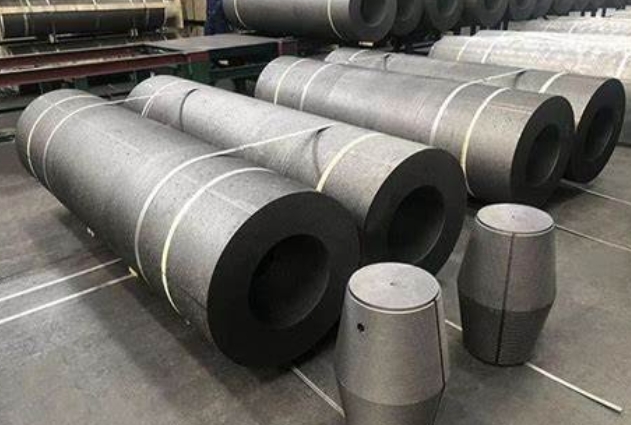
The Electric Arc Furnace (EAF), is one of the most effective and sustainable technologies for steel production. A controlled arc is used to melt the iron scrap. Graphite electrodes are a vital component of EAF. They are a crucial industrial consumable and cannot be replaced. This electrodes' performance and quality has an impact on steel-making efficiency.
Electrodes are an essential part of EAF. They represent a major portion of EAF cost. The electrodes are used for heating the furnace, and transferring electrical current to it. Made from synthetic or natural flake-graphite. It is important to consider the raw materials and how they are processed when determining an electrode's performance and durability.
Hexagon has completed key testwork aimed at enhancing the electrodes used in the EAF process. The work performed has resulted in a marked reduction in consumption, and an enhanced structural integrity.
Graphite, due to its unique characteristics, is used for EAF electrodes. It is very conductive by nature and it has a small coefficient of thermal growth, so that makes it the ideal conductor for electricity. The strength of the material at high temperature and its resistance to deterioration make it ideal for an EAF.
But as the graphite electrodes are constantly exposed to extreme temperature and mechanical stresses in EAFs they may degrade. In turn, this can reduce their ability conduct electricity. Additionally, oxidation in the EAF can lead to carbon dioxide gas generation and increase the rate of degradation of the electrodes.

Hexagon developed Performance+, an additive that prevents oxidation of graphite and enhances its performance. It has been shown that Performance+ increases the density of electrodes, decreases their resistance to electricity and improves the EAF process.
The best electrodes, according to tests performed on electrodes made with different levels of Performance+, were those that had a 2.5% performance+ additive. These electrodes featured a high bulk density (1.62 g/cm3) and very low electrical resistance (0.07 ohm/cm). It is a remarkable result that significantly exceeds the standard industry value of 0.28ohm/cm. The results also showed that the Performance+ enhanced electrodes had a significantly lower linear coefficient of thermal expansion than the all-synthetic control samples. This excellent result will enhance Hexagon’s electrodes' performance in the EAF process.

Write a Message